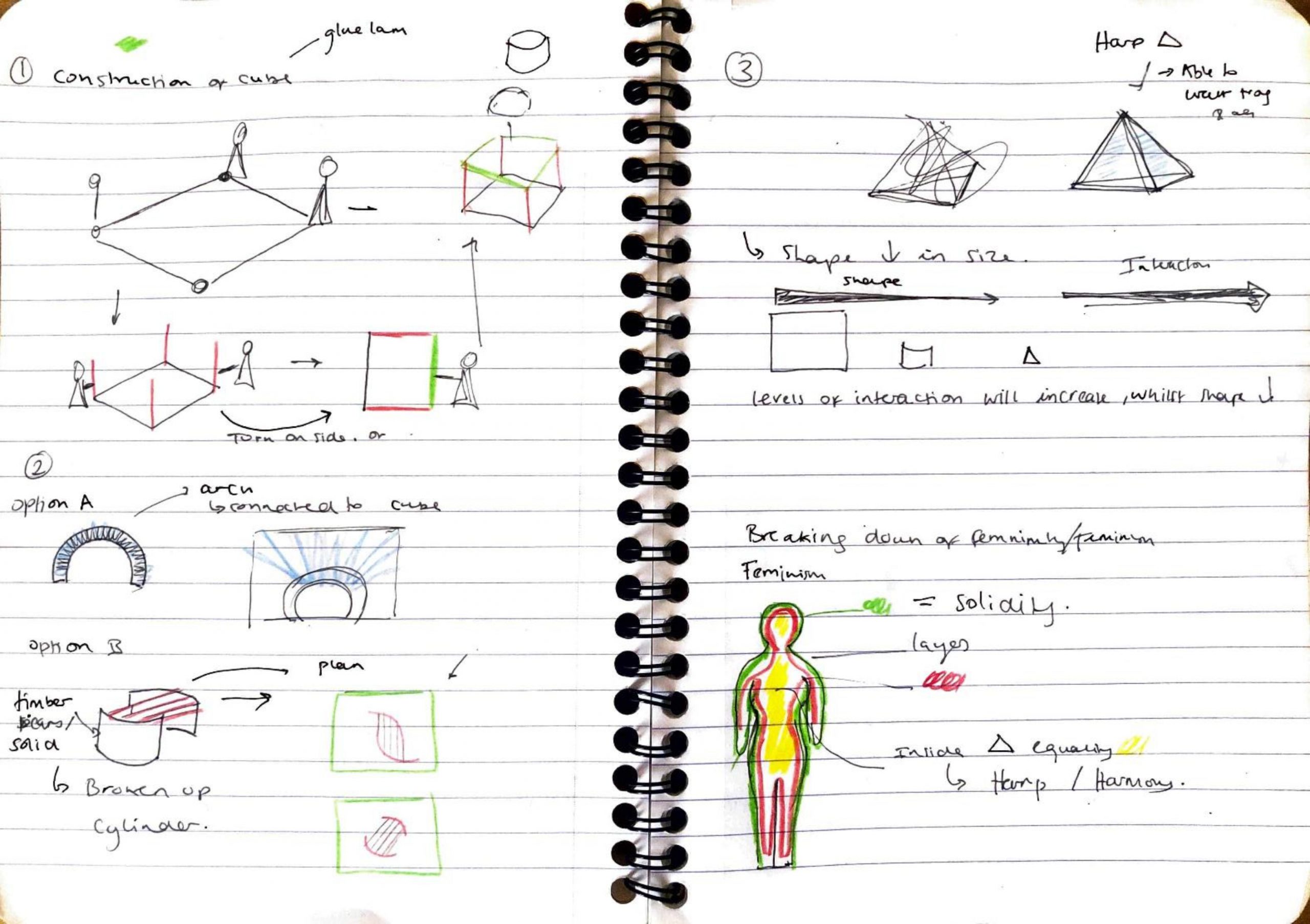This post is an interview I held with Samantha, who studied Architecture and pursued a career in curation. I wanted to get an insight into what it is like to study architecture – and show that the skills gained are transferable into other creative careers.
What do you do now at the V&A?
I’m a Curator working on V&A East – a new venture for the V&A comprising a new museum and Collection and Research Centre in Stratford, east London. Right now I’m focused on developing content for the collection galleries at the new museum, but I’ve been involved in the whole project – from refining its overarching vision to producing interim engagement programmes in east London – for many years now.
What inspired you to study architecture, and what did you like about studying it?
I think I’ve always had an interest in architecture and the built environment. One of my earliest memories is of flicking through photographs of New York City. I must have been about four years old but I was immediately seduced, going on to recreate the Manhattan skyline in Lego!
In hindsight I think I felt quite a lot of pressure (mostly due to finances) to pursue something vocational at university. If I hadn’t, I probably would have done an art foundation course and explored a greater plethora of options first.

My favourite memories of studying are research-based – the discovery of architects and buildings I’d not come across before. I also really enjoyed the relationship you’re encouraged to nurture with your sketchbook as an architecture student – a constant companion for tracking thoughts, precedents and ideas. It’s something I wish I hadn’t gotten out of the habit of doing.
What is a portfolio?
A portfolio is a compilation of your work, edited so that it concisely demonstrates the breadth of your creative abilities. But whilst they are an important tool for communicating to others – namely employers – what your strengths and capabilities are, they also give you an all-important opportunity to reflect upon your own practice and creative identity. What are the interests and agendas that you keep coming back to? What drives you? Often the process of building a portfolio can be just as useful as the final outcome.
What were the hardest/easiest aspects of your degree?
The hardest aspect of my degree was definitely the workload. Studying architecture is very demanding and can involve many late nights; looking back I think we were all a little super-human! Studying architecture can get very expensive with material costs and printing, not to mention the obligatory field trips!
Alleviating the intensity of those long hours was the social atmosphere of the studio and the sense of camaraderie among students. It was always easy to discuss ideas, solve problems collaboratively, seek inspiration and find support when you needed it. You end up having a slightly different student experience to most, which I’m quite grateful for now.
What did you do after your degree/ did you go straight into architecture?
I decided during my Masters year that I was interested in exploring an alternative career path to one in architectural practice. By that point I had worked in three different architectural practices via summer jobs I’d had since I was 16 and a fourth-year in the months immediately following my degree I continued with my part-time work, did some volunteering in two small galleries and an Oxfam shop, put on a charity gig, and got an additional job in a café so that I could keep up with the rent! That year I ended up joining forces with a group of local women to put on a community arts festival.
Why did you switch into curation and how did you come across this career option? How did you know that you will be suitable for the role?
My part-time work during university had been for an artist who’s socially engaged practice inspired me to pursue work within galleries and arts organisations. I realised that I loved working with artists to facilitate public engagement with their work so I began to throw myself into as many projects as I could to gain experience. I certainly didn’t have a clear plan of how to get to where I am now – it was a long and winding road! It wasn’t always easy but I regret the time I spent worrying about my ‘suitability’ for work beyond architecture. I was lucky to meet so many encouraging people along the way, giving me an insight into the range of career options.
Did you require a portfolio for your current job?
No, I didn’t. Portfolios aren’t really used in the same way in museums.
Do you have any tips for architecture students who may not want to become an architect after studying but still want to maintain being creative?
I think my biggest tip is to never underestimate your skill set and what you have to offer an organisation. I was impatient and often very self-critical when I began to move away from architecture so my advice would be to always be kind to yourself – remember that every experience counts, even if the step feels sideways or tangential rather than forwards. Often you’ll find that your unique academic background will be seen by others as a huge plus!
I know former architecture graduates who are games designers, jewellery makers, landscape designers, carpenters, writers and film directors. Some have formed interdisciplinary design collectives, and plenty find themselves in museums! Others are applying their skills and creativity to other things like cider making and even pony trekking!
My advice is to get stuck into as many passion projects as you can … and don’t abandon the sketchbook!




